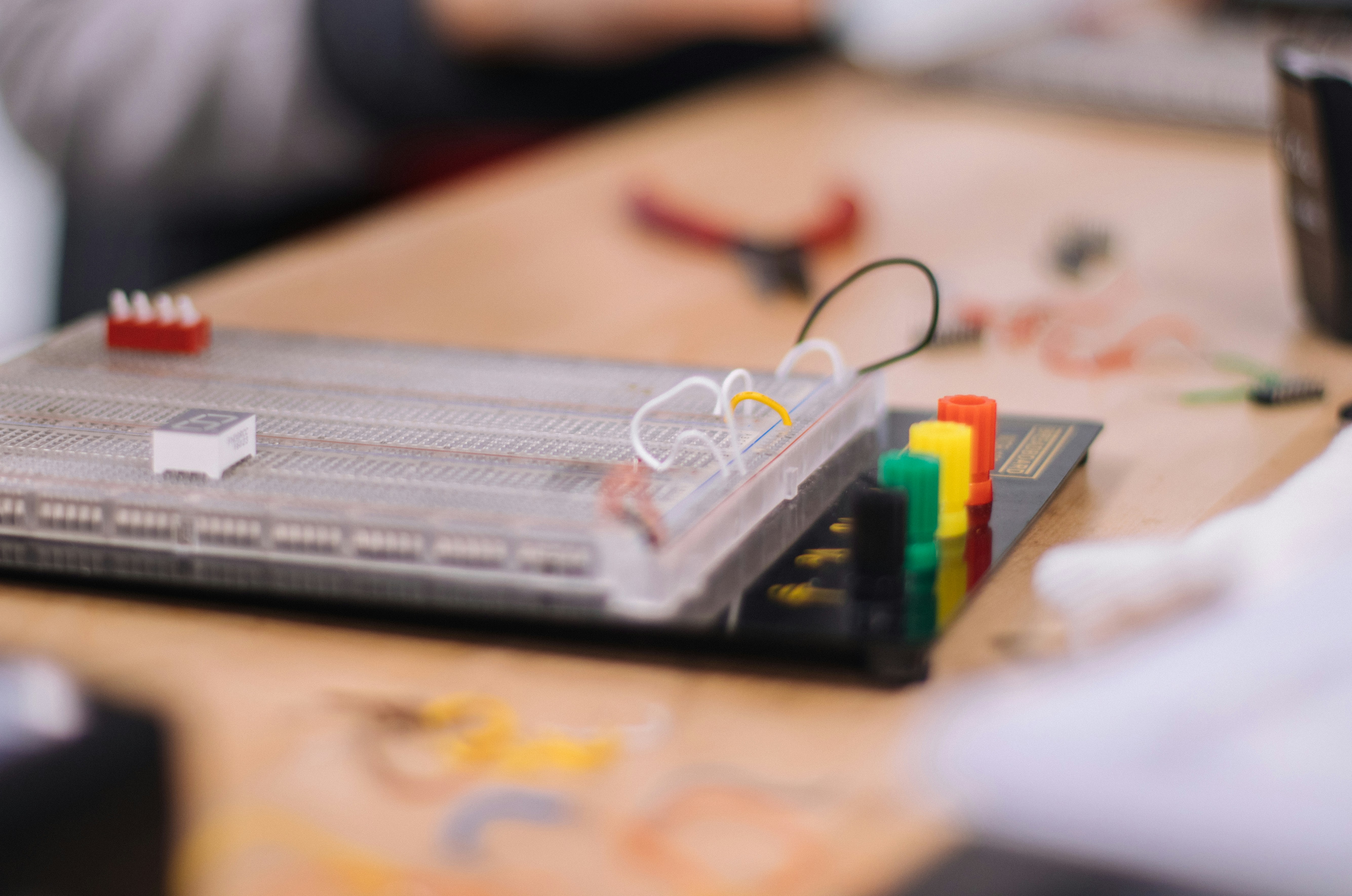
In a perfect world, CTE education would embrace AI. Educators help CTE students use AI coding assistants, AI tutors, and more. But before any of this can happen, teachers need to stop being afraid of AI, Tera Brooks says.
“I think we see it as something that the students can use to cheat on, we don’t see it as something that the students can use to be a feedback tool,” says Brooks, principal of Prescott South Middle School in Tennessee, which has a robust CTE program as a STEM Platform School.
Being less fearful of AI technology is just one way Brooks and other CTE educators believe CTE can thrive. Brooks and her district colleague, Jackie Vester, CTE program supervisor for Putnam County Schools in Tennessee, both led panels on CTE during Tech & Learning’s recent Regional Leadership Summit in Atlanta.
They share some thoughts on effective CTE in the current AI age.
Career Readiness for AI and Beyond
While CTE educators need to help prepare students for the impact AI will continue to have across industries as diverse as engineering and fashion, doing that just means continuing to do what CTE educators have always done by helping students learn to learn.
“Jobs in five years are not going to be what jobs are today. So we have to give them those transferable skills that they can use when these new jobs become available,” says Vester.
From conversations with business owners in her region, Vester knows that more than even industry-specific skills, employers want students advanced in soft skills.
“Can a student make a connection? Can a student communicate with others? Can a student problem solve?” Vester asks. “A lot of what we see too with the engineering design process is can the [employer] put them on a team? Can they manage that team? Work with a team and accomplish a task?”
Starting CTE Training Young
Middle school students today know a lot about the world, more than many adults did at the same age, Brooks says, but they still don’t know a lot about how things work or the different careers and skills that they can learn. Part of good CTE education is helping to fill those gaps.
“I feel like our job is not necessarily to steer them down one path, but it's to help them to see the different paths so that they can have a better understanding when they do get a little bit older in high school and can make better decisions about what they are interested in,” she says.
To do that requires giving middle schoolers hands-on experiences in various fields. For instance, one class at Prescott South Middle School requires students to start a T-shirt business and manage every step of the process from sales pitches to design and manufacturing.
“In the last few years it has really flourished and because of that the students are excited about being a part of it,” Brooks says.
Virtual Reality and Simulators
“CTE has really adopted the VR world, and using those virtual training tools for students because we can't always get students in real-world scenarios,” Vester says. “Of course, the real-world scenario is where we want them to be, we want that hands-on learning. But if we can't provide that, we have the technology to provide a virtual experience.”
She adds that virtual training can help students prepare for real-world experiences. For instance, Putnam County Schools does not have the resources to have all students practice with real welding tools every day. “But right now, we're fortunate that we're able to use things like welding simulators for students to get that experience until they get the opportunity to be on our actual welders, and that way, we're not wasting as much money on young welders that aren't as skilled yet — they can practice virtually.”
This technology is only improving as time goes on and can be enhanced with built-in AI tutors and potentially more real-life simulations designed with the help of AI.
Vester is excited by the potential for these advancements as well as the opportunity to provide more students with access to existing tech tools.
“We're seeing improvements continually,” she says. “We're also seeing as new technology becomes more common, that brings the cost down, which allows us to provide more access for our students.”







